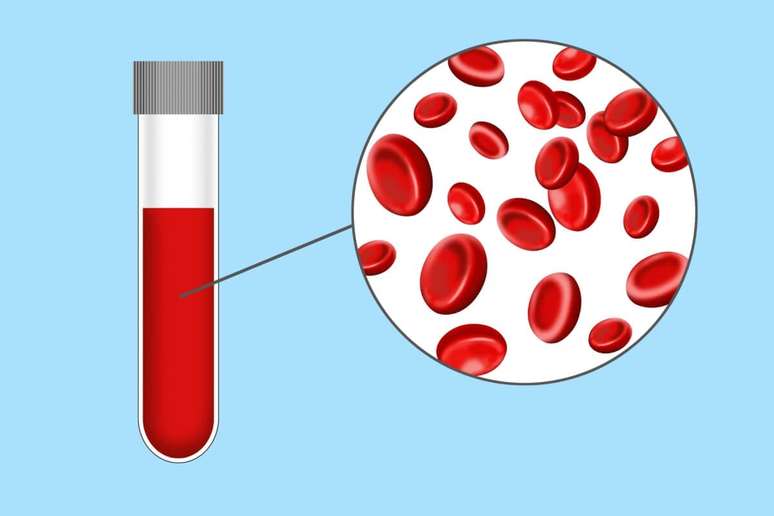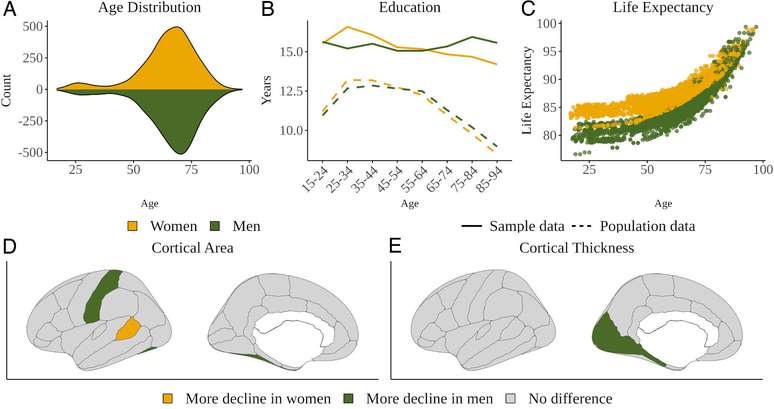The condition affects red blood cells, causing the red blood cells to take on the shape of a sickle
According to the National Newborn Screening Program of the Ministry of Health, approximately 3,500 children are born with sickle cell anemia every year in Brazil. It is one of the most widespread hereditary diseases in the world, affecting approximately 30 million people and still poses numerous public health challenges.
Sickle cell anemia affects red blood cells, causing them to take on a sickle shape, which causes bouts of pain, severe anemia, and even organ damage. Without treatment, complications can be fatal in the first few years of life.
According to a study, published in the Brazilian Journal of Hematology and Hemotherapy and based on data from death certificates registered in the country between 2015 and 2019, sickle cell anemia is associated with a 37-year reduction in life expectancy: 69 years in the general population up to 32 years in people affected by the disease. Again according to research, the estimate is that today in Brazil there are 60 thousand people living with this pathology.
Although there is no definitive cure, with early diagnosis and adequate monitoring it is possible to guarantee a significantly better quality of life for people with sickle cell anemia. To clarify the most common doubts, Dr. Ana Cristina Silva Pinto, doctor at the Fundação Hemocentro de Ribeirão Preto (SP) and professor at the University of São Paulo (USP), reveals some myths and truths about the condition. See below!
1. The main means of diagnosis is the heel prick test
REAL. For adequate treatment of sickle cell disease, early diagnosis is essential. It can and must be diagnosed in the first moments of life heel prick test for rapid referral for testing, monitoring and treatment to mitigate its impacts.
It is essential that society is aware of the challenges faced by individuals with sickle cell disease. It causes many acute and chronic complications throughout the patient’s life. The main indication for addressing this challenge is neonatal screening, which is essential for identifying cases and correctly forwarding them to reference centers for periodic monitoring, carrying out tests and receiving all the necessary attention. Only in this way will the patient be able to have better survival conditions with an illness that, in most cases, will accompany him for the rest of his life.
2. Sickle cell anemia has a cure
Depends. Patients rely on treatments such as hydroxyurea, antibiotics and blood transfusions, which can minimize the effects of sickle cell anemia, offering the possibility of a daily life with a better quality of life. A cure is only possible in very specific cases, in which a bone marrow transplant is indicated, but even in these situations the doctor must continuously monitor the patient.
3. Although it is anemia, excess iron in the blood poses a threat
REAL. Currently, patients have important treatment options, including regular blood transfusions those indicated most frequently. However, attention must be paid to the main consequences of this type of therapy, such as a possible iron overload in the body, since the nutrient present in the transfused blood is not eliminated efficiently. Chronic iron overload can cause irreversible damage to vital organs such as the heart and liver.
Traditionally, chelation therapy through the use of iron chelating agents has been the standard approach to removing excess iron from patients’ bodies. However, in some cases, due to contraindications or intolerance to these agents, conventional chelation therapy may not be recommended.
There are currently therapeutic alternatives focused on approaches to remove excess iron safely and effectively, with the goal of minimizing the damage caused by chronic overload.

4. Sickle cell anemia can turn into cancer
Myth. Even though it is linked to blood genetics, sickle cell anemia does not develop into cancer unless you already have a predisposition to do so. Sickle cell anemia and thalassemia affect red blood cells, while leukemia, for example, affects white blood cells.
5. This is a disease that only affects blacks
Myth. It is true that it occurs more frequently in people of African origin, because it originates from the HbS gene, of African origin. However, in a globalized world, racial mixing, present on all continents, means that practically people of any ethnicity can develop the pathology..
6. Sickle cell anemia is only transmitted genetically
REAL. The only means of transmission of sickle cell anemia is between generationsby genetics or, in other words, by Mendelian transmission. There is no possibility of transmitting the disease through contact with other people.
By Pamela Moraes
Source: Terra
Ben Stock is a lifestyle journalist and author at Gossipify. He writes about topics such as health, wellness, travel, food and home decor. He provides practical advice and inspiration to improve well-being, keeps readers up to date with latest lifestyle news and trends, known for his engaging writing style, in-depth analysis and unique perspectives.









